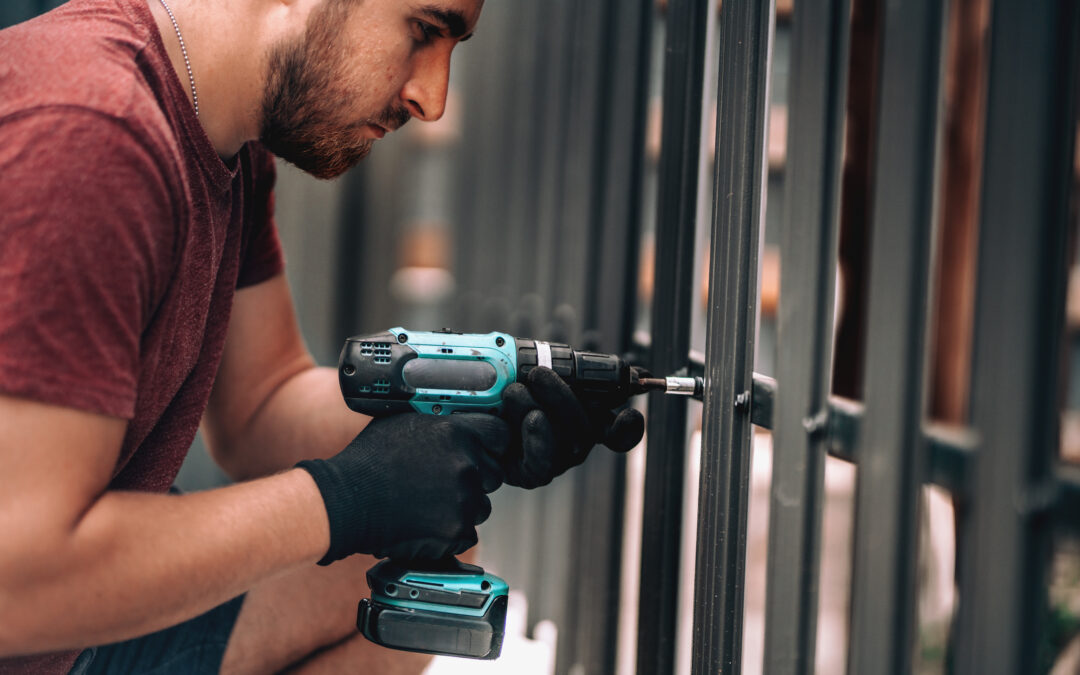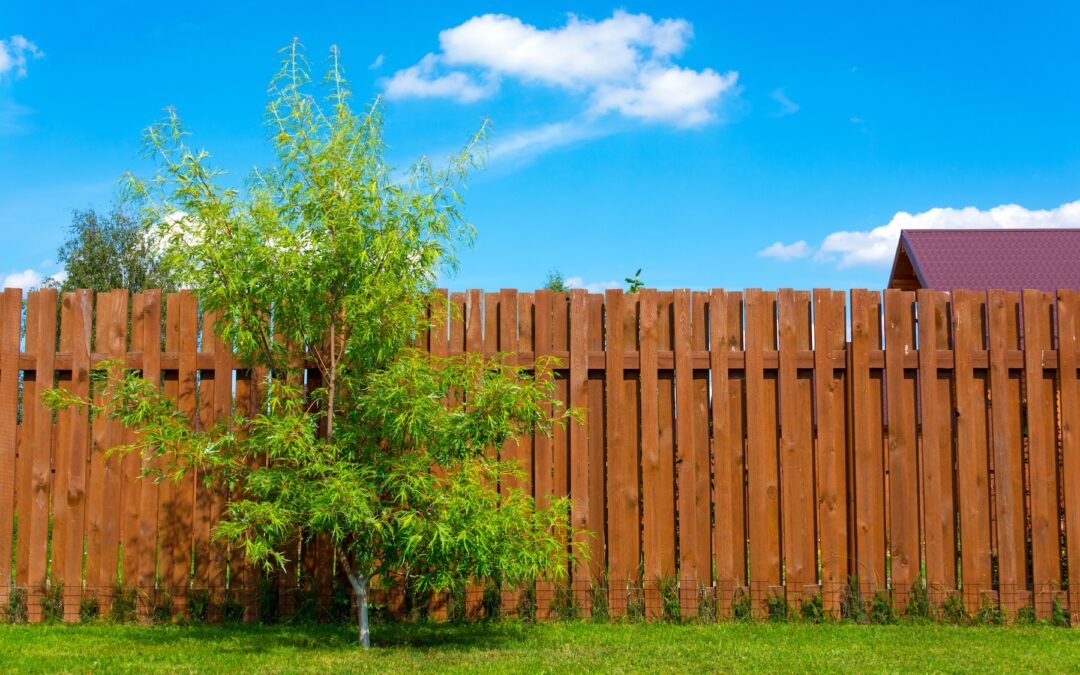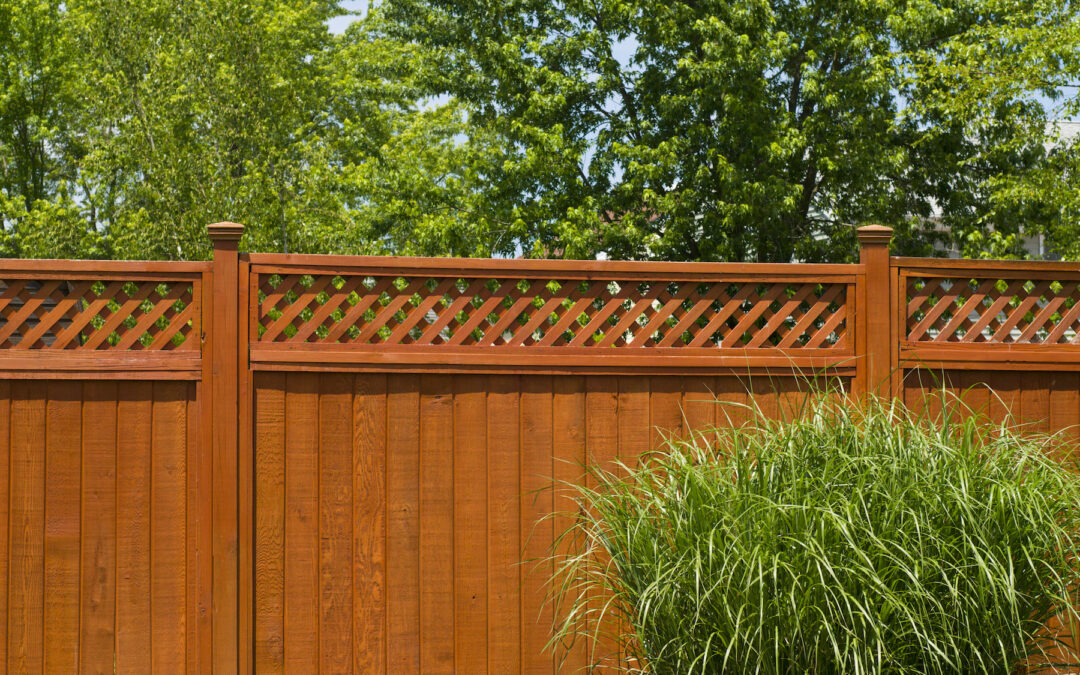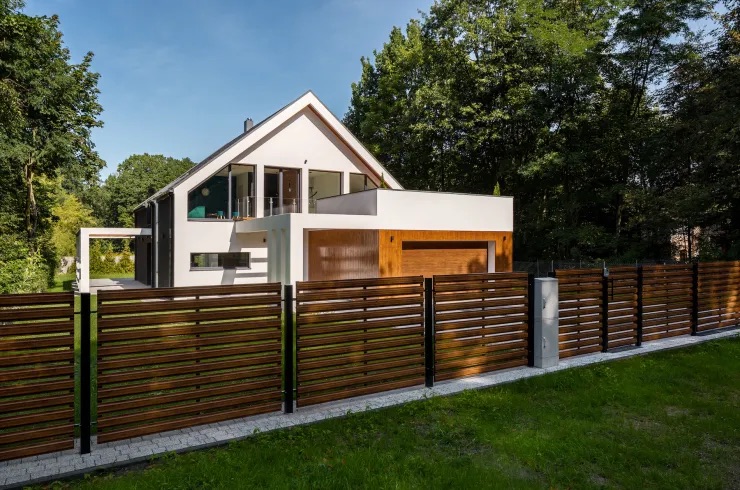Understanding the Benefits of Wood Fencing
Wood fencing offers a variety of benefits for homeowners, making it a popular choice for many properties. Its natural aesthetic enhances curb appeal, providing a warm and inviting atmosphere that complements various architectural styles.
In addition to visual appeal, wood fences provide privacy and security, helping to create a safe environment for families and pets. They also offer versatility in design, allowing homeowners to customize height, style, and finish to suit their preferences.
Essential Maintenance Tips for Wood Fences
Maintaining a wood fence is crucial for extending its lifespan and ensuring it remains an attractive feature of your property. Regular inspections and timely repairs can prevent more significant issues, such as rot or warping, from developing.
Common maintenance tasks include cleaning the fence to remove dirt and debris, applying protective stains or sealants, and checking for loose boards or nails. By following these tips, homeowners can keep their wood fences looking great for years to come.
Comparing Wood Fencing to Other Materials
When considering fencing options, it's essential to compare wood with other materials like vinyl, chain link, and metal. Each material has its unique advantages and disadvantages, which can impact your decision based on factors such as cost, durability, and maintenance requirements.
For instance, while wood offers a classic look and can be more affordable upfront, materials like vinyl may require less maintenance and have a longer lifespan. Understanding these differences helps homeowners make informed choices that align with their needs and budget.
Choosing the Right Wood for Your Fence
Selecting the appropriate type of wood is vital for the longevity and performance of your fence. Different wood species offer varying levels of durability, resistance to pests, and aesthetic appeal, which can significantly influence your fencing project.
Popular choices include cedar, known for its natural resistance to decay, and pressure-treated pine, which is cost-effective and widely available. Evaluating the characteristics of each wood type ensures that homeowners choose a material that suits their specific climate and usage needs.





